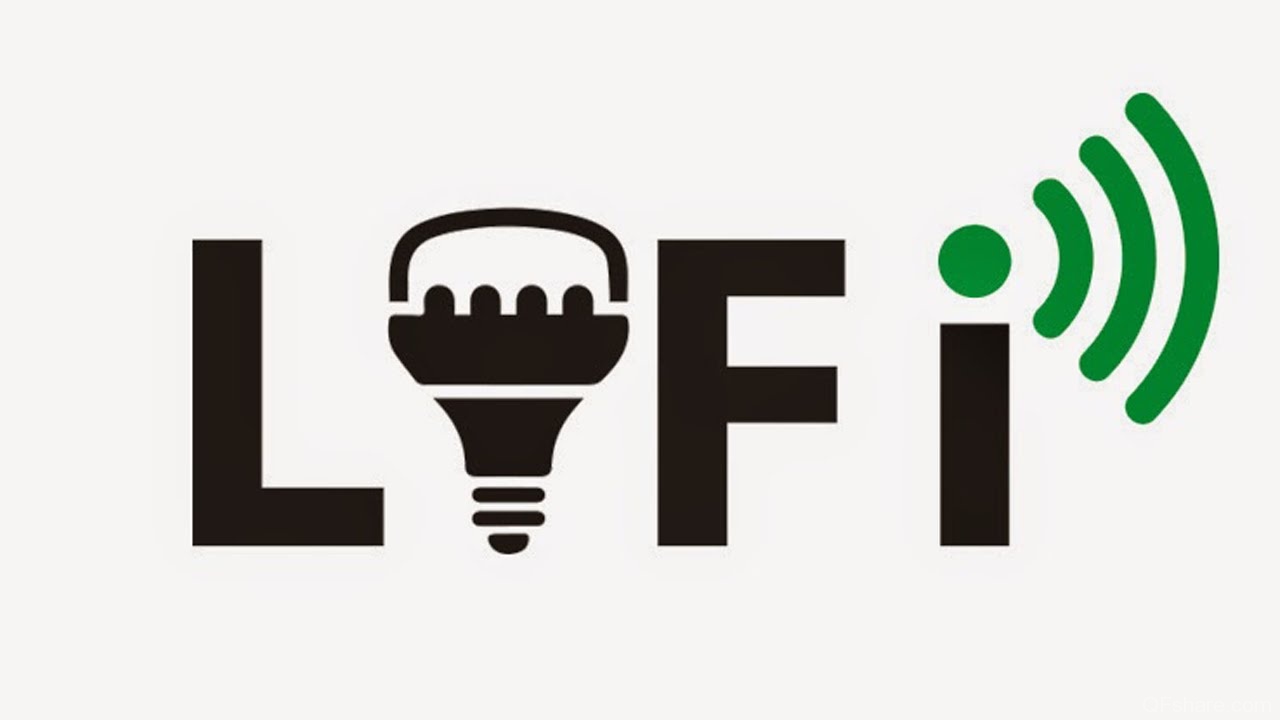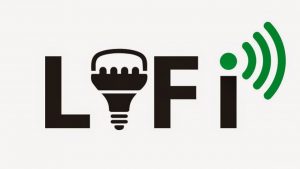
Do You Remember Life Before Wi-Fi? Now it’s Li-Fi!
 Unless you’ve been living in a galaxy far, far away, you’ve probably heard about Wi-Fi and how it made our lives easier. Needless to say, the Wi-Fi Network is increasing day by day, and it will probably reach 340 million global hotspots by 2018. However, regardless of this fast evolution, Wi-Fi has certain drawbacks, and we’ve all experienced them. The most frustrating one is speed. A survey conducted by D-Link, a leader and manufacturer of networking products, shows that 38% of home broadband users are unhappy with their network speed, while 27% experience slow network speeds with multiple devices.
Unless you’ve been living in a galaxy far, far away, you’ve probably heard about Wi-Fi and how it made our lives easier. Needless to say, the Wi-Fi Network is increasing day by day, and it will probably reach 340 million global hotspots by 2018. However, regardless of this fast evolution, Wi-Fi has certain drawbacks, and we’ve all experienced them. The most frustrating one is speed. A survey conducted by D-Link, a leader and manufacturer of networking products, shows that 38% of home broadband users are unhappy with their network speed, while 27% experience slow network speeds with multiple devices.
Luckily, Wi-Fi has a competitor, relatively new on the market, which tears down the speed barrier. Meet Li-Fi!
Surfing the internet at the speed of light
Do you need to download 224 GB files? Just a second, please! Unbelievable but that’s how long it takes. The Li-Fi technology achieves speeds of 224 gigabits per second, making it 100 times faster than the old-fashioned Wi-Fi. A dream came true, I know!
Now that I caught your attention let’s discuss how it works.
Li-Fi was invented in 2011 and uses Visible Light Communication or infra-red system in Morse code style, switching an LED bulb on and off. Basically, the data is sent to the LED and then to the photo-detector, at extreme speeds. The flickering LED’s are then converted into electrical signals, which are ultimately converted into a binary data stream of video or other applications that run on the internet.
To Li-Fi or To Wi-Fi?
- Both Li-Fi and Wi-Fi are transmitting data electronically but the difference is that Wi-Fi uses radio waves of 5 GHz, while Li-Fi uses visible light in the 400 – 800 THz;
- Li-Fi cannot penetrate through walls, unlike like Wi-Fi, which goes beyond walls or any other physical barriers;
- Li-Fi cannot be affected by RF-emitting equipment, unlike Wi-Fi which can be easily affected by it;
- Li-Fi can reach speeds of 224GB/second, while Wi-Fi’s maximum speed is 867 Megabits/second;
- Using visible light and being unable to penetrate physical barriers, Li-Fi is more secure than Wi-Fi which uses radio waves that is easier to connect and break into;
The Li-Fi market was valued at USD 630 million in 2015 and is expected to exceed USD 33 billion by 2023, according to an industry analysis. However, it will not replace Wi-Fi, but more likely the technologies will work together to revolutionize the internet.
Please share your thoughts?




Bill
Seems like the big drawback is that it’s a line of sight medium. “Cannot penetrate through walls” would be a deal breaker in setting up a home network. I like the thought of that kind of speed though.